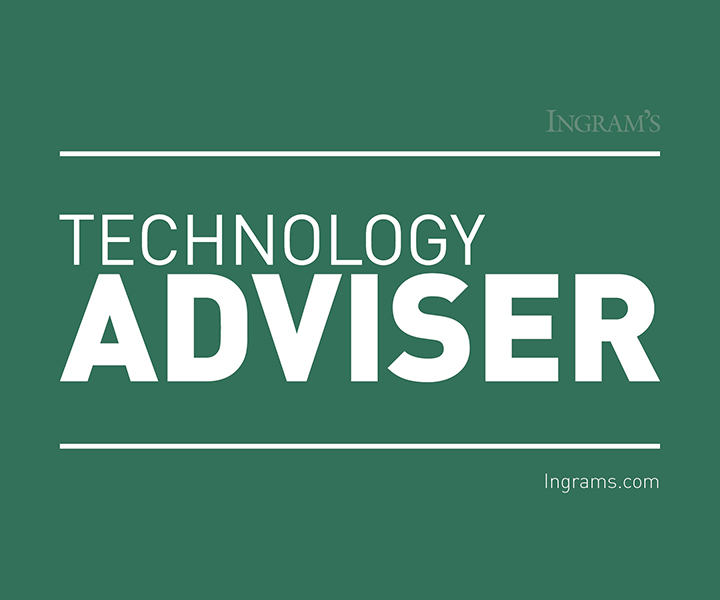HOME | ABOUT US | MEDIA KIT | CONTACT US | INQUIRE
HOME | ABOUT US | MEDIA KIT | CONTACT US | INQUIRE

As business owners, we hear it every day: “Leverage technology” for growth, quality, scale or some other purpose. It makes logical sense; as contemporaries we have all seen the impact of technology on most aspects of our life. But what does leveraging technology mean at its core?
Leveraging technology means using tools that produce an increase in the desired outcome,  such as units per hour or margin per unit. A historical example might be the hay baler. This technology replaced teams of workers stacking hay on a wagon for restacking into a barn, resulting in less cost to put up hay per year.
such as units per hour or margin per unit. A historical example might be the hay baler. This technology replaced teams of workers stacking hay on a wagon for restacking into a barn, resulting in less cost to put up hay per year.
The approach to selecting and using a tool requires deep understanding of the company’s value-creation process and its desired outcome. Many failed technology initiatives start with a narrow business problem. An example might be a perceived business need to inventory and classify the customer base. So, the decision is made to purchase a Customer Relation Management System. The CRM initiative goes on for a couple months, championed by an energetic evangelist. Over time, the system is used by a small percentage of the team and the tool is deemed a failure, so the organization goes back to its previous practices for managing customer information.
The approach to levering technology that has an increased probability of success starts by understanding the business from a top-down perspective—starting with the business vision, strategies, core processes and the value chain (steps in the process that add value to the customer). Only when this broader business and strategy understanding exists can an organization select a set of tools (also called systems) to leverage for a desired outcome.
Ingredients for successfully leveraging technology include building the right team to drive the initiative in the organization. Mature businesses have repeatable business process that are managed by the heroes of the business, the business-process owners. These are the people who know the business inside and out, the go-to people when an exception or a tactical decision needs to be made about the business operation. Business-process owners know what works in the real world—their world. They can tell you the wasteful, unneeded steps in the processes, as well as the things that could be changed to make things run more smoothly.
Just as important as having the process, owners drive the systems change in leadership’s involvement and endorsement of the initiative, and how it supports organizational vision and strategy. Leadership needs to communicate and broadly support the initiative and empower the process owner to affect the technology levering change to achieve the desired outcome.
Horizontal and vertical organizational involvement is also impactful for the success of a technology-leveraging initiative. People want to understand how change is going to impact them or, put differently, what’s in it for them. Peer-operational process owners want to make sure their operation is not negatively impacted first, then understand how the change can improve their operation. People within an organizational group are the same: First, people are concerned about their hierarchy of needs. Once that is deemed safe, they want to understand how the initiative can improve their situation in the organization.
Naturally, decisions about process and system change entail cost considerations. What are typical IT costs as a percentage of revenue and Return on Investment (ROI) expectations for IT initiative investments in the mid-market?
Mid-market businesses tend to out-spend larger business in IT, per research completed by ROI consultancy Alinean. Small and mid-size companies often outspend larger ones in that regard. The average small company (under 100 people) spends 6.9 percent of revenue on IT. Mid-size com-panies spend 4.1 percent. Larger com-panies spent a mis-erly 3.2 percent of revenue.
Generally, mid-market businesses spend 3-4 percent of top-line revenue on IT just to keep the lights on. If an organization is investing in strategic IT initiatives, the percent of total revenue can range from 6-8 percent.
As for outcomes that can be expected, a recent Deloitte survey showed that organizations most effectively levering technology and advanced in their digital transformation:
ν Earned twice as much revenue
per employee.
ν Experienced revenue growth over the previous year that was nearly four times as high.
ν Were almost three times as likely to have created jobs the previous year.
ν Averaged employment growth rates more than six times as high.
ν Were three times as likely to have exported goods over the previous year.
ν Had greater levels of customer diversification, inquiries across the sales funnel and innovation.
Significant ROI is achievable by leveraging technology. Key success factors start with a thorough understanding of the business model and processes, backed by organizational leadership, and involving the right team.